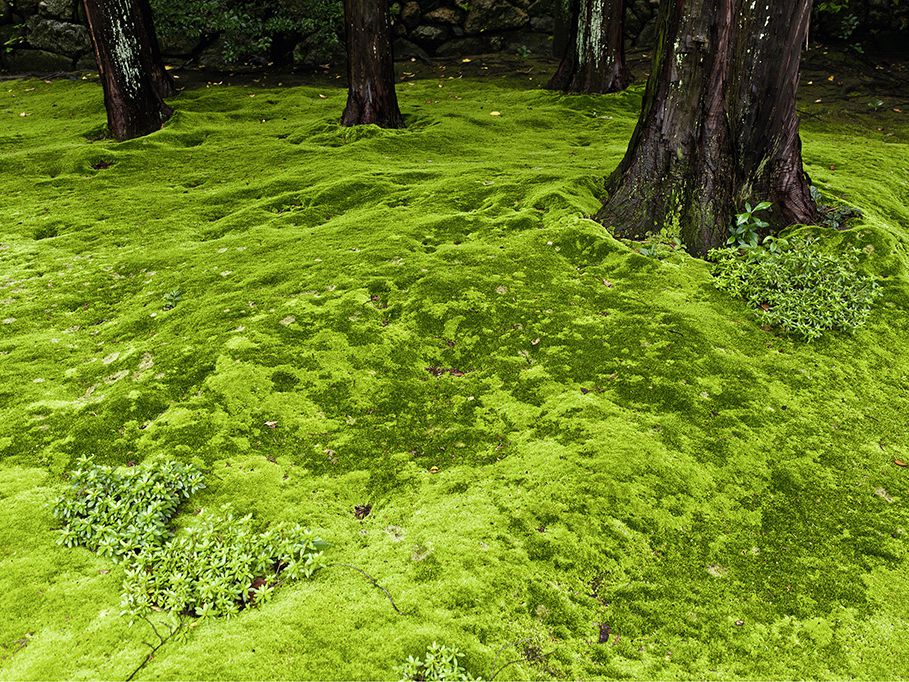Ground Cover Seeds: Crafting a Verdant Tapestry for Your Landscape
Envision a garden adorned with a luxuriant, lively carpet of greenery, fashioning a visually arresting and effortlessly maintained landscape. Ground cover seeds serve as the covert catalyst for realizing this vision, presenting a myriad of advantages for both seasoned horticulturists and novices embarking on their green endeavors.

Understanding Ground Cover Seeds
Definition and Diversity:
Ground cover seeds encompass plants that sprawl horizontally, creating a dense cover over the soil. This category spans diverse types, from flowering varieties like Creeping Thyme and Alyssum to evergreen selections such as Pachysandra and Vinca.
Benefits:
Weed Suppression: Acting as a natural weed deterrent, ground cover minimizes the need for constant weeding.
Erosion Control: The roots of ground cover plants fortify soil, especially on slopes, preventing erosion.
Aesthetic Flourish: Craft visually captivating landscapes with a tapestry of colors, textures, and forms.
Planting Ground Cover Seeds
Selecting the Right Site:
Opt for an area with the appropriate sunlight for your chosen ground cover type. Some thrive in shade, while others prefer full sun. Adequate soil preparation, including proper drainage and organic enrichment, is pivotal for successful growth.
Sowing Guidelines:
Seed Preparation: Some ground cover seeds benefit from stratification, a cold treatment mimicking winter conditions. Research the specific needs for your chosen seeds.
Timing: Sow seeds at the recommended time, usually in early spring or fall, contingent on the species.
Spacing: Adhere to guidelines for seed spacing to facilitate proper growth and coverage.
Care and Maintenance
Watering Wisdom:
Watering requirements vary among ground cover species. Generally, maintain consistent moisture, especially during the establishment phase. Once established, many ground covers exhibit drought tolerance.
Fertilization Fundamentals:
Most ground cover plants don’t demand heavy fertilization. Employ a balanced, slow-release fertilizer in spring to support healthy growth. Eschew excessive nitrogen to avoid sacrificing flowers for excessive foliage.
Pruning Protocol:
Regular pruning ensures a tidy appearance and promotes lateral growth. Trim as necessary to control height and eliminate any dead or diseased foliage.

Popular Ground Cover Choices
1. Creeping Jenny (Lysimachia nummularia):
Known for vibrant yellow-green foliage, Creeping Jenny thrives in both sun and shade. It forms a dense mat and produces small, cup-shaped yellow flowers.
2. Corsican Mint (Mentha requienii):
An aromatic ground cover releasing a delightful minty fragrance when stepped on. Ideal for pathways and between stepping stones, thriving in partial shade.
3. Blue Star Creeper (Isotoma fluviatilis):
Featuring delicate blue flowers and a spreading habit, Blue Star Creeper is perfect for filling gaps between pavers or as a lawn substitute in shady areas.
Troubleshooting Common Issues
1. Weeds:
While ground cover aids in weed suppression, occasional intruders may emerge. Handpick or spot treat with an appropriate herbicide to maintain a pristine carpet.
2. Pests and Diseases:
Vigilance against pests like aphids or fungal issues is key. Regular inspection and prompt action, such as using insecticidal soap or fungicides, preserve the health of your ground cover.

Designing with Ground Cover
1. Create Patterns:
Strategically utilize ground cover to craft patterns, borders, or focal points in your garden.
2. Combine Textures:
Pair diverse ground cover varieties to introduce texture and visual interest to your landscape.
3. Slopes and Hills:
Harness ground cover on slopes to prevent erosion and create a visually striking cascade of colors.
Ground cover seeds offer a versatile and pragmatic solution for transforming your landscape into a green haven. By comprehending their unique needs and benefits, you can curate a low-maintenance yet visually spectacular garden. From the initial planting to ongoing maintenance and creative design, the journey with ground cover seeds promises a gratifying tapestry of colors and textures that will enchant you throughout the changing seasons.






